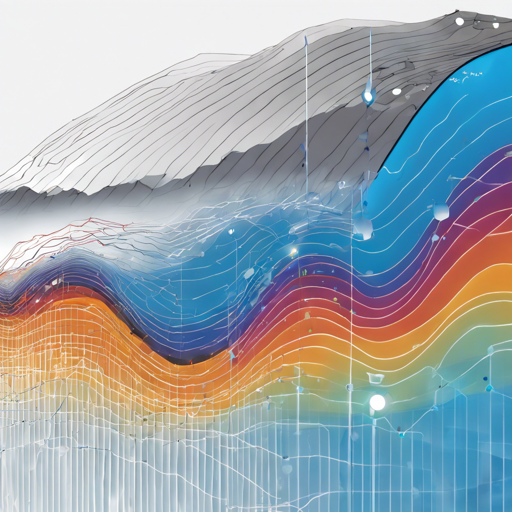Seismic imaging and interpretation is vital for geophysicists and data scientists wanting to analyze subsurface structures. This problem becomes significantly more approachable when leveraging cloud computing platforms such as Azure. The DeepSeismic project empowers users with state-of-the-art seismic experiments, complete with a structured codebase to simplify tasks. In this blog, we will guide you through the setup and execution of seismic imaging and interpretation using DeepSeismic.
Understanding DeepSeismic Structure
The DeepSeismic repository has a well-organized structure that enables easy navigation. Imagine a library where different sections house various types of books. Here’s how the repository is segregated:
- Sample Notebooks: Like introductory books in a library, they guide users through practical examples using Jupyter notebooks found in the examples folder.
- Experiments: These are the runnable scripts that test machine learning models. They can be swapped easily, allowing you to change models just like switching books on a shelf.
- Pip Installable Utilities: Essential tools offered under cv_lib and interpretation utilities to assist in both the notebooks and experiments.
Quick Start with DeepSeismic
Ready to dive in? Let’s set up everything you need!
1. Using Docker
If you’re looking for a quick setup, this repository is Docker-enabled. Follow the instructions in the Docker README to build and run the code easily.
2. Setting Up the Development Environment
For those who prefer a hands-on approach, begin by reviewing the demo notebook. You will need a GPU-enabled Linux virtual machine for this, which can be set up as follows:
- Follow detailed installation instructions in the Interpretation section.
- Set up a compute environment that includes Anaconda and the required Python packages.
3. Installing Package Requirements
To install the essential packages, navigate to your DeepSeismic repository directory and execute the following:
bash
conda env create -f environment/anaconda/local/environment.yml
You can activate the environment with:
bash
conda activate seismic-interpretation
pip install -e interpretation
pip install -e cv_lib
Preparing Your Datasets
Downloading the required datasets is crucial for running experiments. The repository includes clear steps for accessing the Dutch F3 dataset, which is perfect for your seismic interpretation needs. Download instructions are provided, and there’s even a script to automate the downloading process!
Running Example Notebooks and Scripts
Once you’ve prepared everything, you can run example notebooks located in the examples/interpretation/notebooks directory. Make sure you’re in the correct conda environment! Here’s how to register your environment in Jupyter:
bash
python -m ipykernel install --user --name seismic-interpretation
Troubleshooting
Running into issues? Here are some common problems and solutions to help guide you:
- Installation Issues: Ensure you run Anaconda commands with the right permissions. If you face issues, use:
bash
rm -rf anaconda/pkgs*
sudo chown -R $(whoami) anaconda
bash
nvidia-smi
If not, you may want to check and install the compatible version of CUDA.
For more insights, updates, or to collaborate on AI development projects, stay connected with fxis.ai.
Conclusion
With DeepSeismic, conducting seismic imaging and interpretation is now more accessible than ever. At fxis.ai, we believe that such advancements are crucial for the future of AI, as they enable more comprehensive and effective solutions. Our team is continually exploring new methodologies to push the envelope in artificial intelligence, ensuring that our clients benefit from the latest technological innovations.

